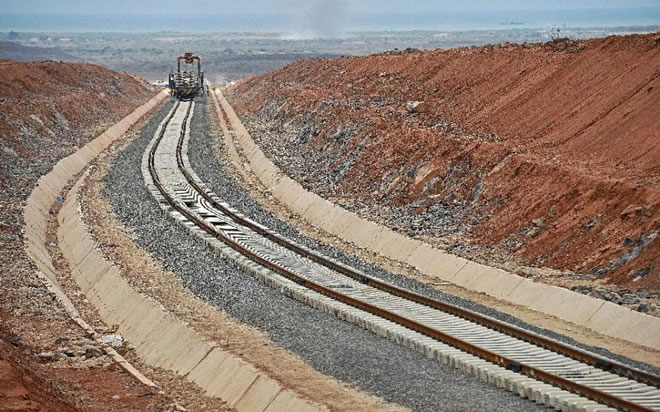
By Zelalem Girma
Friday, July 24, 2015

The Ministry of Transport said that the Addis Ababa-Djibouti Railway construction project is nearing completion and will begin operation in the near future.
Opening the 8th Ethio-Djibouti Railway Project Joint Commission meeting yesterday at Sheraton Addis, Minister Workineh Gebeyehu said that the transport infrastructure has significant contribution for industrialization and structural transformation. "It is difficult to think of rapid economic development, industrialization and international competitiveness without efficient, high quality and modern transport infrastructure."
He said that as the railway transport infrastructure development is a capital and technology intensive task, it requires long term strategic alignment with national and regional development plans.
Minister of Equipment and Transport of the Republic of Djibouti Moussa Ahmed Hassan on his part said that the project could be a model for Sub-Saharan countries as it clearly shows commitments of the two countries governments.
Hassan said that a lot of progress has been made in the construction of the Railway in Djibouti in a very speedy manner. Currently, the construction of the railroad has reached 82 per cent. High potential electricity is being developed in a very satisfactory way, he added.
Chief Executive Officer of the Ethiopian Railway Corporation (ERC) Getachew Betru also said that the Addis Ababa-Djibouti Railway project in Ethiopia is 87 per cent completed and will be finalized next October. The trains will also start service early 2016.
It was learnt that the railway passes through Bishoftu, Adama, Metahara and Dire Dawa and will have 17 major stations. The 100-kms Sebeta-Adama line is a double track while the rest 600-kms is a single track rail.
At the half day meeting, the joint commission discussed operation and maintenance, management contract, electrification and power supply as well as common border inspection and utilization issues.